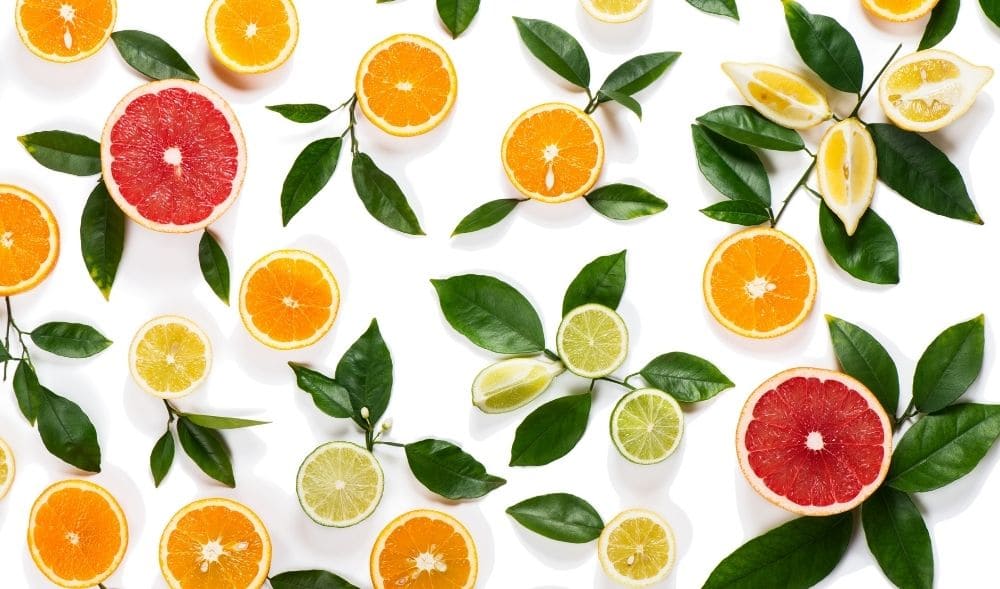
7 things you should know about citrus fruits
Orange
Winter vitamin wonder: your required daily amount of vitamin C is contained almost entirely in an orange. It also contains about 25% of your daily amount of folic acid. Folic acid is involved in blood formation. An orange also contains a lot of fibre and 20% of your daily required amount of potassium, which supports muscle contraction.
Kumquats
Kumquats and limequats are the smallest citrus fruits. You can eat them as they are, without peeling them. The peel contains rutin, which is good for circulatory problems.
Grapefruit
Sour is great! Grapefruit, pomelo and pink grapefruit contain the bitter substance naringin. It stimulates the production of gastric juices, which boosts fat digestion and gives you a feeling of fullness. This makes them great for dieting.
Blood orange
Blood oranges owe their intense colour to the pigment lycopene. The plant pigment catches free radicals in the body and protects cells from ageing.
Lime
Small, green and sour. That’s how you describe a lime. Limes are often used only for cocktails. If you squeeze them you can get almost twice as much juice.
Lemon
6Sour things not only make things fun, when it comes to lemon, sour is also healthy. The vitamin rich fruit contains 50g of vitamin C per 100g, so it provides half of your daily required amount of vitamin C. It strengthens the immune systems helping to prevent or alleviate colds. Hot lemon is a wonder cure when coughs and sneezes first appear.
Mandarin
Mandarins are sweet and easy to peel - two good reasons why they are so popular. They contain less vitamin C than lemons. But they do contain more carotene, from which vitamin A is formed. It is important for your eyes and for skin cell regeneration.
